Bimetallic Composite Pipe
Advanced bimetallic composite pipes for enhanced durability and performance.
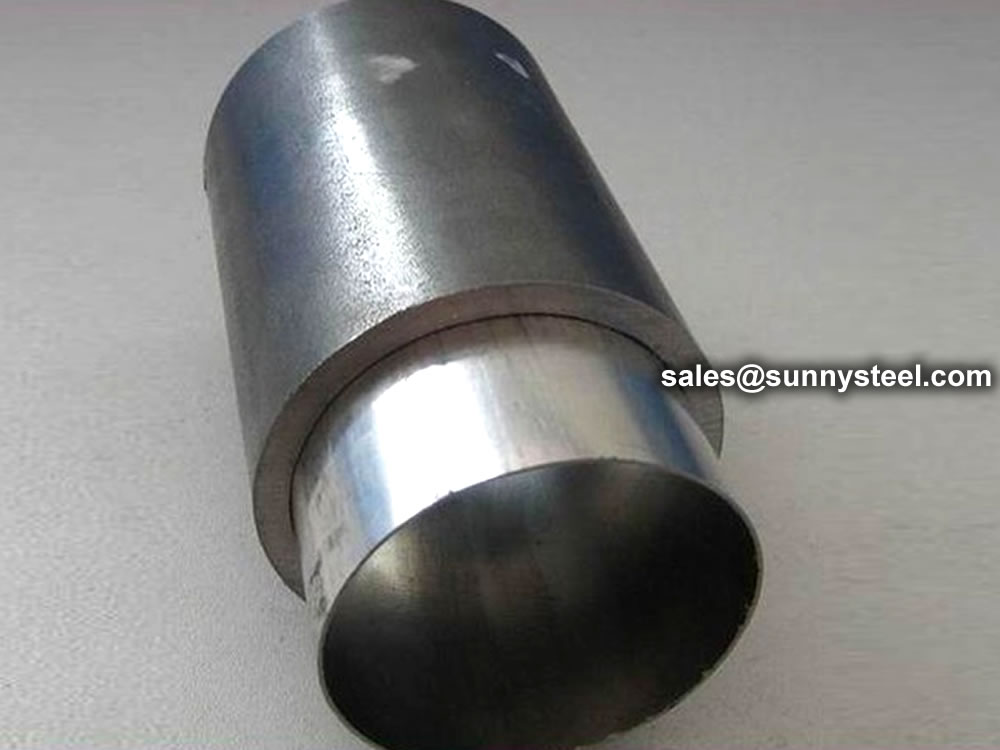
Stainless carbon steel composite pipes consist of an inner layer of stainless steel and an outer layer of carbon steel.
Download PDFThese layers are bonded together through a sophisticated metallurgical process. The stainless steel inner layer provides excellent corrosion resistance, while the carbon steel outer layer offers robust structural strength.
Stainless steel, with its excellent corrosion resistance, abrasion resistance, heat resistance, and its shiny, luxurious surface, and are widely used in various fields of the national economy.
Lack of limited by the resources of our NI, relies heavily on imports of stainless steel demand, the price is more expensive, the popularization and application of stainless steel to a certain extent by with constraints.
Carbon steel, especially the Q series carbon structural steel, with high bending strength, good impact resistance and anti-fatigue limit, as well as low prices, thus making it the basis of the national economic construction materials, carbon structural steel, its main elements Fe metal reactivity, oxidation in the atmosphere, it is easy to rust, let alone in a corrosive medium or special (wet, dark) environment. Year for its anti-corrosion investment as well as economic losses because of its natural corrosion, several hundred billion yuan, due to corrosion and are too numerous to lead to a major accident.
Two metal materials of stainless steel and carbon structural steel, using high-tech plastic pressure synchronous composite, composite field of new materials is a major innovation without glue pressure stainless steel composite pipe (Stainless Steel / Carbon Steel Clad Pipe) not only significantly improve the law system steel pipe surface defects and the use of performance, and both good stainless steel corrosion abrasion resistance and excellent appearance gorgeous appearance, is the perfect combination of decorative and load, energy-saving and low-cost organic unity, in line with the composite materials industry policy to develop the country, thus by all levels of government attention and support.
The new material is made of non-destructive pressure synchronously. It has stainless steel corrosion-resistant and wear-resistant appearance and excellent appearance. It also has good bending strength and impact resistance of carbon steel.
In line with the principle of national energy conservation and popularization. The stainless steel composite pipe was officially promulgated in the 2002 national standard GB/T18704-2002. The stainless steel composite pipe has high technical content, precise equipment, advanced technology and stable product quality, and is automatically controlled by computer. The product has the characteristics of pure stainless steel appearance, beautiful appearance and high strength of ordinary carbon steel pipe. Its price is lower than that of pure stainless steel pipe, which is a substitute for the price of stainless steel structural decorative pipe. Products are widely used in municipal public works construction, steel structure, grid construction, petroleum and petrochemical, municipal facilities, road and bridge guardrail, highway traffic engineering construction; construction and decoration engineering construction; sports facilities construction traffic grid, railway isolation network, construction Decoration, street lamps, stop signs, steel grids, furniture, vehicle and ship manufacturing, urban pipe network, oil and gas transmission, motorcycle bumpers, drying racks, bicycle handlebars, etc.
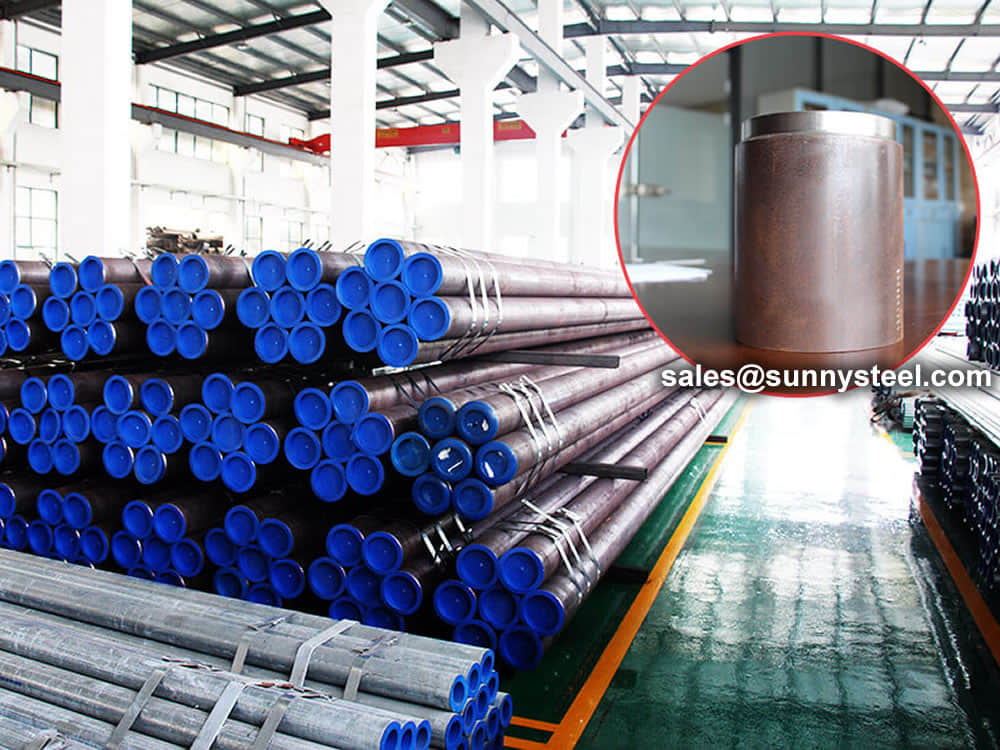
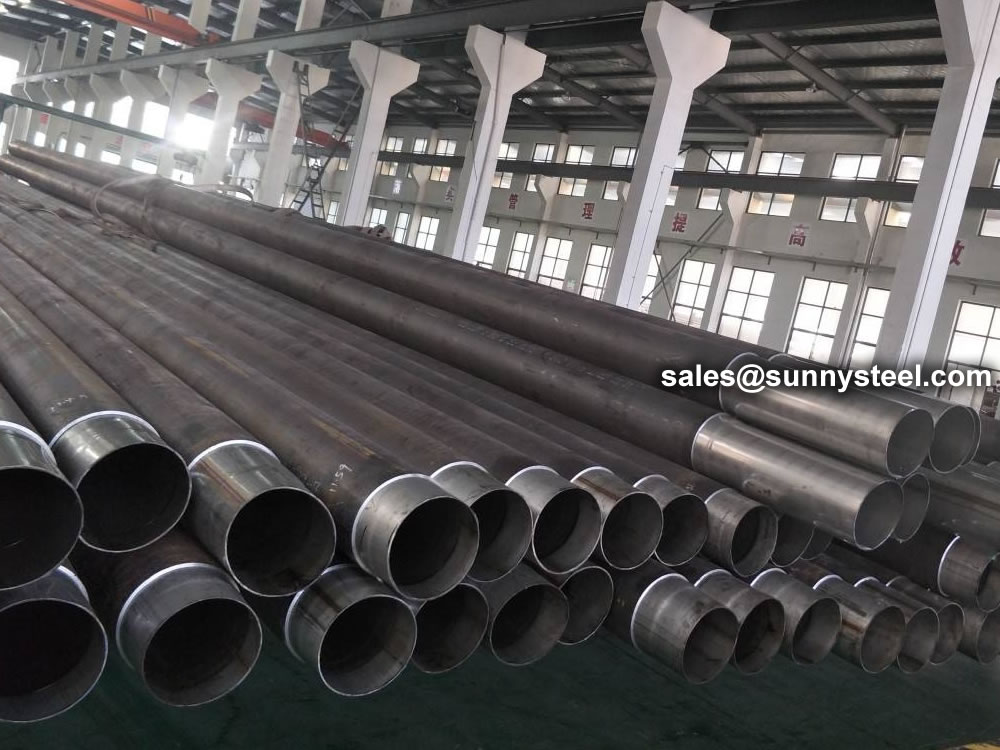
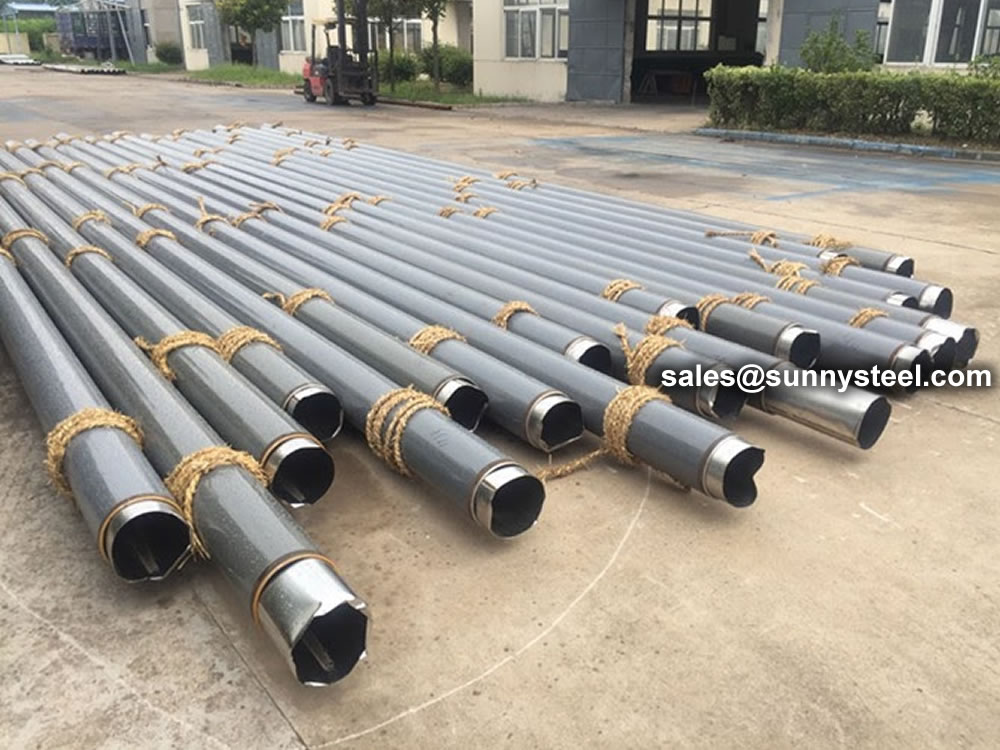
Corrosion Resistance: The stainless steel inner layer is highly resistant to corrosion, making these pipes suitable for conveying a wide variety of corrosive fluids and materials.
High Strength: The outer carbon steel layer provides exceptional strength and durability, ensuring that the pipe can withstand high-pressure applications and harsh environmental conditions.
Cost-Effective: Stainless carbon steel composite pipes offer a cost-effective alternative to solid stainless steel pipes while still delivering corrosion resistance where needed.
Versatility: These pipes are versatile and find applications across numerous industries, including petrochemical, chemical, oil and gas, and more.
Reduced Maintenance: Thanks to their corrosion resistance, these pipes require less maintenance than traditional carbon steel pipes.
Stainless carbon steel composite pipes find extensive use in industries where the simultaneous requirements for strength and corrosion resistance are crucial. Some common applications include:
Oil and Gas: They are used in oil and gas exploration and production facilities for transporting corrosive fluids and hydrocarbons.
Chemical Processing: Stainless carbon steel composite pipes are ideal for conveying chemicals and acids in chemical manufacturing plants.
Desalination: In desalination plants, these pipes are used to transport seawater and brine.
Marine: They find application in marine environments where saltwater corrosion resistance is essential.
Heat Exchangers: Stainless carbon steel composite pipes are used in heat exchanger systems for their resistance to both corrosion and high temperatures.
Proper installation and maintenance are critical to ensuring the longevity and performance of stainless carbon steel composite pipes. Regular inspections should be conducted to detect any potential issues or signs of corrosion, and damaged sections should be replaced promptly to maintain the integrity of the piping system.

The manufacture of stainless steel clad steel plate is made of base steel plate and multi-layer steel plate, and is prepared by hot rolling and compression welding-hot rolling method.
The surface of the composite layer must be polished or pickled, passivated and delivered.
The surface is smooth and flat, the composite layer is firmly combined, the shear strength is high, and the cold bending performance is good. The stratified layer is resistant to atmospheric, acid, alkali and other media corrosion, has no tendency to intergranular corrosion, and can meet the requirements of corrosion resistance of the structure and the corrosive medium; the base layer can meet the structural requirements for rigidity and weldability. Can save a lot of stainless steel and reduce structural costs.
Mainly used in the chemical, petroleum, pharmaceutical, food, seawater desalination, nuclear industry and other departments to manufacture corrosion-resistant general containers, pressure vessels and other equipment.
Stainless steel pipes are hollow, long, round steel tubes known for their excellent corrosion resistance, high-temperature tolerance, and pressure resistance. They find extensive applications in various industries such as petroleum, chemicals, medicine, food, light manufacturing, machinery, instrumentation, and more. They are used for transporting fluids, structural components, and mechanical parts.
Stainless steel composite pipes, on the other hand, are a newer material created by bonding two different metals: stainless steel and carbon structural steel, using a non-destructive pressure process. These composite pipes combine the corrosion resistance and wear resistance of stainless steel with the attractive appearance, bending strength, and impact resistance of carbon steel. Due to their pleasing aesthetics and cost-effectiveness, they are widely used in applications like bridge railings, decorative elements, vehicle accessories, conveyor rollers, textile machinery components, and more. Stainless steel composite pipes are typically manufactured using advanced equipment, technology, and computer-controlled automated production lines.
As awareness of stainless steel composite pipes grows, their range of applications is expanding. They are increasingly used in urban infrastructure, light construction projects, streetlight poles, overpasses, highway guardrails, pedestrian walkways, billboard structures, station shelters, vehicle and shipbuilding industries, medical equipment, steel furniture, and various other fields. However, it's important to note that stainless steel pipes are still essential in high-demand environments where corrosion resistance, high-temperature resistance, and pressure resistance are critical, and in such cases, composite pipes may not be a direct replacement for stainless steel pipes.
The transportation of pulverized coal, ash, mud, lime gypsum slurry, etc. in the metallurgical and electric power industries requires a large amount of metal pipes to be consumed each year. The ceramic composite pipe is used to replace other pipes, and has the characteristics of high wear resistance, long service life, convenient installation and remarkable economic benefits. Shandong Liaocheng Changrun Thermal Power Plant, Liaocheng Zhonghua Power Plant, Beijing Beixin Building Materials Group, Henan Hebi Power Plant, Gansu Pingliang Power Plant, Taiyuan Coal Preparation Plant, Hunan Shimen Power Plant, Hebei Jinniu Energy Co., Ltd. Gequan Coal Preparation Plant, Xingtai Coal Preparation Plant When it is industrially operated, its operating life is ten times or even dozens of times that of steel pipes.
(1) Mine: Mine filling, concentrate powder and tailings transportation are seriously worn on the pipeline. The used powder conveying pipelines such as Panzhihua and Daye Mine have been used for less than one year. About 5 times.
(2) Coal: The coal transportation and long-distance pipeline coal transportation are generally carried out by wet method. The conveying pipe is required to be both wear-resistant and corrosion-resistant. The pipe can be used as a long-life conveying pipe with considerable economic benefits.
(1) The tube does not contaminate or adhere to the molten aluminum liquid. It is an ideal material for manufacturing aluminum melting equipment, aluminum liquid conveying pipe and liquid lifting pipe which are sensitive to iron pollution and require heavy labor for finishing and maintenance after use.
(2) The tube has good wear resistance and heat resistance. It is suitable for conveying corrosive media containing corrosive materials of solid particles as well as high temperature corrosive gases and hot water containing sulfur.
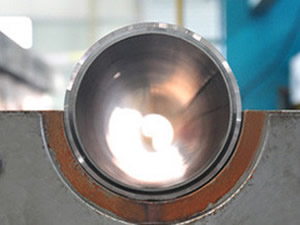
Stainless steel composite pipe is made of stainless steel and carbon steel two kinds of metal materials with new materials nondestructive pressure synchronization into the compound, both stainless steel corrosion and excellent wear and beautiful appearance, good bending strength and impact resistance of carbon steel. Conforms to the national energy conservation and the universal principle.
Stainless steel composite pipe in 2002 GB/T18704-2002 national standard formally promulgated, choose from the quality of materials, inspection and other aspects have a set of strict management, due to the advantages of beautiful appearance, low price, which has been widely used in bridge guardrail, decoration, vehicle accessories, conveying roller, the field of textile machinery accessories etc.
Carbon steel and stainless steel have the same basic ingredients of iron and carbon but add a variety of alloying elements. Carbon steel has less than 10.5% chromium content, while stainless steel must be equal to or greater than 10.5% chromium content.
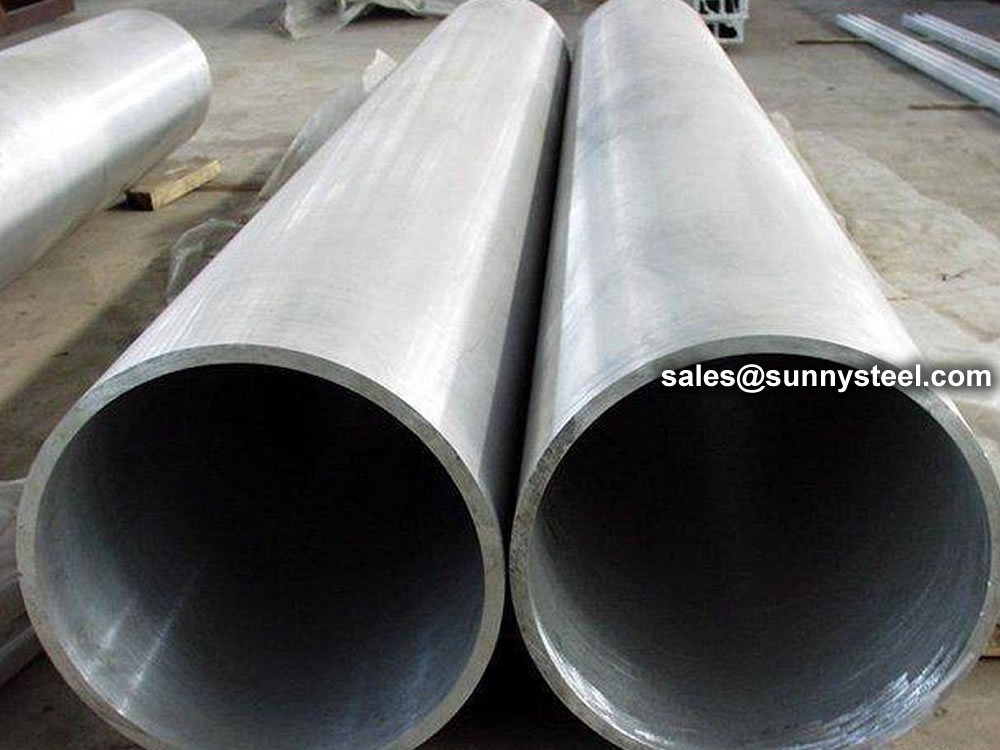
Stainless Steel Composite Pipes are highly valued for their excellent corrosion resistance, wear resistance, and heat resistance, as well as their attractive and luxurious appearance. They find wide-ranging applications across various sectors of the national economy. However, due to limited domestic resources, the demand for stainless steel in our country heavily relies on imports, resulting in higher prices and constraints on its widespread use.
Carbon steel pipes, particularly those made from Q-series carbon structural steel, are known for their high bending strength, good impact resistance, fatigue resistance, and cost-effectiveness. They serve as fundamental materials in the construction of the national economy. However, carbon steel is prone to rusting as it contains iron, a metal that reacts with oxygen in the atmosphere. This susceptibility to corrosion leads to significant economic losses, estimated in the hundreds of billions of yuan annually, due to the expenses associated with corrosion prevention and the damages caused by corrosion-related accidents.
To address these challenges, there has been a major innovation in the field of composite materials through the development of stainless steel composite pipes. These pipes are produced using advanced technology that combines stainless steel and carbon steel without the need for adhesives. The result is a composite pipe that not only rectifies surface defects common in traditional steel pipes but also enhances their performance. These composite pipes offer the dual advantages of stainless steel's corrosion resistance and abrasion resistance, along with an attractive and luxurious appearance. They represent a perfect blend of aesthetics and functionality, promoting energy efficiency and cost-effectiveness. This innovation aligns with the national policy to promote the development of composite materials and has garnered attention and support from government authorities at all levels.
